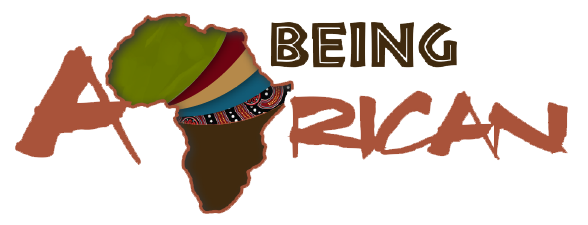Arts & Craft in Bemba Culture
Arts – As stated earlier, arts encompass everything (Music and Dance), but in this write-up, we will explore art in the context of drawings, carving, and basket making:
Drawings / Painting
Decorating the mud huts – Women are experts in the art of drawing lovely patterns on the mud walls of their huts. When a hut is constructed in the villages, the women plaster the walls and decorate them by making designs and flower patterns. The patterns are made by mixing different clay colors. This clay is used for painting and drawing designs on the walls. Most women learn this art at a very young age to implement it as they grow older in their parents’ homes or later in their marital homes.
Pottery – This art is almost extinct with the coming of iron pots. But in the olden days, this was a sacred art (trade). Only a few women were involved in this art. The women were called banakabumba (makers or creators). Clay pots were made in different colors and shapes using special clay. These earthenwares were made for various uses, mainly to store drinking water and cooking. The ones with long necks are called umutondo (singular) or imitondo (plural) are for storing drinking water. Because of how they are made structurally, they have a cooling effect. After a few hours in the pot, the water feels like it has been refrigerated. The shallow ones were for cooking and are called inongo. The IImitondo and Inongo are still used to this day.
Imbusa (Marriage Emblems) – the women who draw or make clay emblems are called bana Chimbusa. They are trained to teach women to become good wives, homemakers, and parents. The Bemba culture teaches men and women through arts (such as moulded clay emblems, paintings on the walls or cloth, music, and dance). These emblems are not publicly displayed; they are the property of banachimbusa and are considered sacred. They are used in teaching women during puberty (onset of menstruation) and during initiation when preparing the young woman about to get married.
Bows and Arrows (ubuta no mufwi) – Mostly, men make beautiful bows and arrows for hunting game and birds. These days because of government restrictions on hunting, men have resigned to making these beautiful art pieces for selling to tourists.
Wooden / Iron Crafts – Beautiful carvings such as stools, masks, tables, drums, hoes, axes, and all sorts of art pieces for the house and ornaments.
Mats and Baskets – These are made from reeds. They have different baskets; some baskets are used to carry objects to the shops and markets (very beautifully made with handles). The most common ones are ones for harvesting crops. These are big hollow baskets (called umuseke – singular, Imiseke – plural). Strong strings are used to put them together. They are usually carried on top of the head. The shallow ones are for drying and separating grains from the chaff (ulupe – singular, indupe – plural). The reed mats (ubutanda – singular – amatanda – plural) are used to sit on and sleep on.
Storytelling – This is an art that most villagers enjoy. In the evenings, they gather around a fire with a specialist storyteller. The stories help young people to learn about the dangers to avoid and what to do when confronted with challenges. Storytelling is not limited only to storytellers, but most grandparents are specialists in this art. Storytelling is a wonderful pastime for the villagers before retiring to bed.
